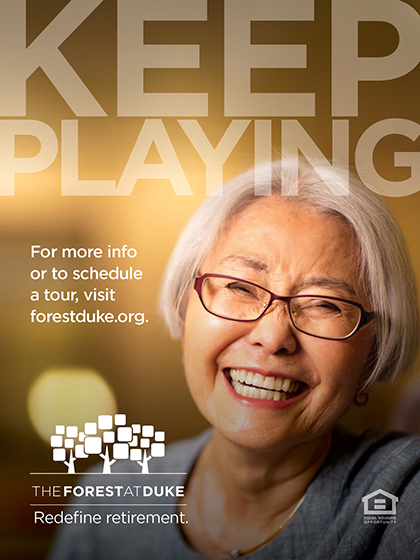Las cuatro estaciones porteñas (“The Four Seasons of Buenos Aires”)
Astor Piazzolla (1921-1992)
THE STORY
Born in Mar del Plata, Argentina, Astor Piazzolla emigrated to Greenwich Village, New York at the age of two. A gift of a bandoneón from his father sparked the young boy’s commitment to revitalizing his nation’s dance form.
Piazzolla took lessons with Alberto Ginastera, who later became Argentina’s national composer. Close study of scores by modernist composers Stravinsky, Bartók, and Ravel equipped him with a wide variety of techniques that revolutionized a genre: nuevo tango. The integration of jazz elements and addition of extended and dissonant chords brought a new level of synthesis and sophistication.
With his quintet of bandoneón, piano, violin, electric guitar, and double bass, Piazzolla’s nuevo tango garnered wide acclaim through tours and records. It was during this time in the 60s that the movements of The Four Seasons of Buenos Aires appeared. In transferring the essence of the dance form and the acoustics of the bandoneón onto the violin and string family, Piazzolla creates riveting new sounds that evoke the images of Buenos Aires.
LISTEN FOR
- Syncopated rhythms, abrupt contrasts, with almost violent movements in the tight embrace of the couple’s dance
- The “Piazzolla scratch” or chicharra, produced by playing behind the bridge, heard at the beginning of Otoño (“Autumn”)
- Fugal counterpoint in Primavera (“Spring”)
- Street noises in Verano (“Summer”) contrasting with the somber bleakness of Invierno (“Winter”)
INSTRUMENTATION
Solo violin; strings

